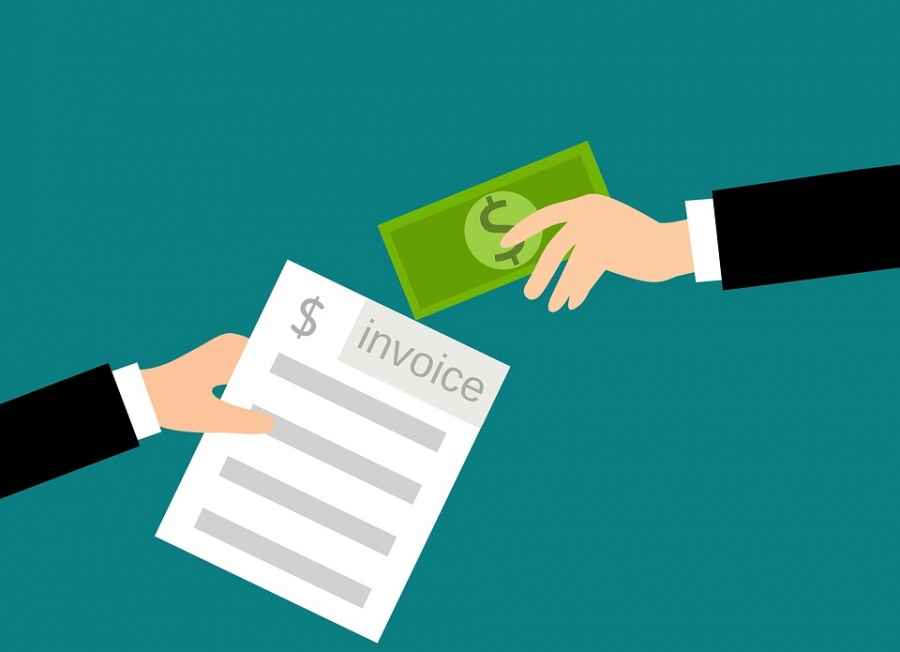You pay your bills every month, but how does it work? How do they know what to bill you? How do they know that you’ve paid? How do they monitor your add ons? It is a complicated system that some companies haven’t quite perfected yet, but thankfully some have.
If you are the person in your household who pays the bills, you know that you do have to pay attention to everything, as mistakes can be made. However, mistakes are a lot less common now when people aren’t touching each and every bill. Most of the billing systems used today are automated and handled by computers.
Billing systems can be completely rudimentary, or they can be monitored by OSS tools that help to keep everything moving smoothly. Even so, basic billing systems are still in place all over the country, but they too can be helped by some advancements like we from ETI Software and other companies.
Billing Starts With A System
Most billing systems are designed to meet your needs. You can build this yourself or you can have another company build it for you. Data staff collects the names, addresses, and terms, and then builds a system. When building a system, you need to take the needs of your business, customers, and more into consideration.
Information Gets Put Into The System & Then Verified
The next step is to put data into the system based on existing customers. Then, the information will be verified by AI to ensure that everything makes sense. For example, this may include phone numbers and addresses or crest scores and social security numbers, it just depends on the type of billing systems.
During this time, the staff of the company may have access to sensitive information, but that information is encrypted into the system so that no one else has access to it.
Categorization & Organization
The next step is to organize the accounts and code the system so that it makes sense. Eventually, this will help with the automation of the accounts and put everything together in a way that makes sense. This will include assigning billing codes to specific things, especially those that are common.
For example, with a telecommunications company, a certain premium channel like HBO may have a specific code that represents the different types of subscriptions that you can have. Not only does this help with uniformity in billing, but it also helps to ensure that billing is correct and that everyone can search for a specific thing.
Bills Issued & Scheduled
The next step is to issue specific bills to clients and customers. This could mean assigning a specific date to bill everyone or to create a chain of command in which someone is billed automatically after a certain amount of time. Both of these are equally popular, it just depends on the type of business someone runs.
If a company does the same work every month or provides the same services every month, then it is likely that they will use automated monthly billing. Those companies who carry out tasks and services at random (such a nail salon or an electrician) may bill according to service dates.
These bills are issued either electronically or via the postal service.
Invoice Tracking
The next step is to track which invoices have been returned and which ones haven’t. This is important to keep a business moving. Many will also schedule payment reminders that are coordinated with the attachment of “past due” fines and other fees as time passes. Sometimes, there will be reminders and opportunities to create payment plans for larger bills.
Systems will send reminders and updates until the bill is paid.
What If A Bill Isn’t Paid?
If a bill isn’t paid, companies need to go after that money. Some will use outside agencies to help them gather funds and go after clients who haven’t paid. A billing system can also help to audit accounts and see if there are habitual offenders, specific areas where people don’t pay, and irregularities. It also helps to keep everything organized so that someone can see exactly what they need to pay when they do come back.
Billing systems and paying for services is a lot harder than many people think. Luckily, there are systems out there that you can trust. While you still may want to glance over your bills, you can trust them for the most part.

